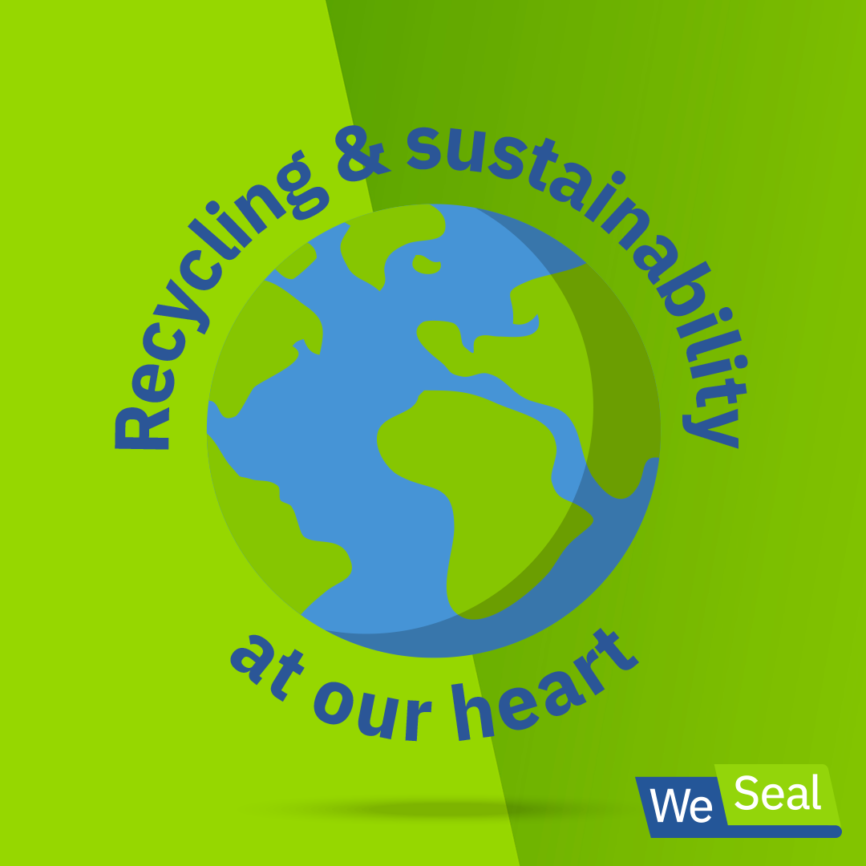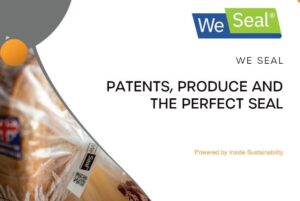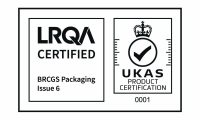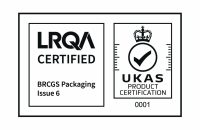
Is paper the material for a sustainable future?
Inside Packaging and Packaging Gateway publications both recently ran stories about the choice between paper or plastic for packaging. The difficulties in both choices. With increasing consumer awareness of the environmental impact of plastic packaging, the demand for sustainable packaging materials has also grown.
Inside Packaging’s Jessie Paige said
Plastic has become a controversial material in recent years, with the UK charity for circular economy the Ellen Macarthur Foundation even predicting that there could be more plastic in the ocean than fish by 2050.
Many governments around the globe have started a so-called ‘war on plastic’, such as in Europe, where EU member states are aiming to ban single-use plastic by 2021.
Another material that has come into mainstream attention is paper and, with this, the debate over whether paper is actually a good alternative to plastic.
But is paper the sustainable future, or is it just as bad, if not worse, than plastic?
Plastic still has a purpose
Some companies, however, feel that paper is not as sustainable as many think. Paul Morris, CEO of global additive specialist Addmaster believes that paper is not a good alternative for plastic.
“Paper is a great product, but when people want to move from plastic to paper, thinking it’s more environmentally friendly when it’s not, then I get very frustrated,” Morris says. “There are a few examples of where paper could be a good substitute but plastic is more waterproof, easier air seal and longer lasting – so why swap?
“The problem is people recycling or reusing the plastic, not the actual use. The biggest problem is designers making products out of paper and plastic and then neither is recyclable. People forget that paper is normally a single-use item and why people think a paper bag is a better alternative to a carrier bag I will never know.”
“Everyone thinks paper is better, but the energy to make it is off the charts so it outweighs any benefits that could come to it.”
Morris is not alone in these views. UK-based waste management expert BusinessWaste.co.uk is another company keen to be rid of single-use paper packaging.
“We campaigned to get rid of the plastic bags and then people at Morrisons started using paper products,” says Mark Hall, the founding director of BusinessWaste.co.uk. “To produce the paper product though you use a tonne of water and it’s a single-use product.
“It generally gets flung in the paper waste bin with people thinking it would just decompose, so it’s not even being recycled. In terms of cost, it may be cheaper, but other than that, the energy to make them is quite high.”
Hall thinks that instead of paper of plastic, more emphasis should be made on the opportunities that natural materials offer.
“The best solution is to use something plant-based, something like Vegware, like something made from wheat. It’s sturdy stuff. That’s the only true sustainable material, it’s natural, it grows out of the ground. It can even go to an incinerator,” Hall adds.
“Another alternative is bamboo. Bamboo is microwavable, it’s natural, it grows out of the ground. Everyone thinks paper is better, but the energy to make it is off the charts so it outweighs any benefits that could come to it.”
Paper leads to food waste
Not only do some companies think that paper is not actually sustainable, but others also comment on the amount of food waste produced as a result of the material.
Richard Hobson, CEO of UK-based resealable tape firm We Seal, says that bread is the second most wasted food item in the UK, with 900,000 tonnes going to waste annually and that paper packaging is partly to blame.
“Whilst consumers instinctively feel like paper bags would be more environmentally friendly, in reality, that’s simply not the case,” Hobson says.
“There are a number of reasons why paper has a larger impact on the planet than the recyclable plastic currently used in bread bags, but one key driver is that paper is porous, which means the bread goes stale faster than with plastic, ultimately leading to more waste.”
And reiterating the flaws of paper packaging, Hobson points out the common misunderstanding amongst consumers, assuming that all paper packaging is recyclable. “In some instances, where paper packaging is used for bread, the wrapper is lined with a plastic or alternative synthetic material anyway, in order to prevent moisture loss on the product.”
“Some paper wrappers also have a window, in order for the consumer to be able to see the bread inside. Both of these alternatives sadly defeat the object, rendering the bag non-recyclable and the packaging ending up in landfill. It’s important to look at the bigger picture and the impact on other environmental issues, especially food waste.”
While paper does have many benefits when it comes to sustainability, there are also many factors that make it worse than plastic. As with anything, the context and application is key to deciding what material is best. Needless to say, with the war on plastic becoming such a big focus across the globe, the debate on paper as ‘the sustainable future’ will continue.

Inside Sustainability feature: Patents, produce and the perfect seal
An exclusive interview with We Seal CEO Richard Hobson looking at innovation and the international demand for responsibly packaged baked goods.

We Seal awarded Knowledge Transfer Partnership to develop bag sealing machinery
We are very excited to announce that We Seal has been awarded a Knowledge Transfer Partnership with the University of Derby to develop our bag sealing machinery.

Our Commitment to Sustainability
We are fiercely committed to sustainability at We Seal, passionate about minimising our environmental impact and ultimately working towards becoming carbon neutral. We’re going about this in a number of different ways…

We Seal awarded Knowledge Transfer Partnership to develop bag sealing machinery
We are very excited to announce that We Seal has been awarded a Knowledge Transfer Partnership with the University of Derby to develop our bag sealing machinery.

Our Commitment to Sustainability
We are fiercely committed to sustainability at We Seal, passionate about minimising our environmental impact and ultimately working towards becoming carbon neutral. We’re going about this in a number of different ways…

We Seal CEO to attend BakingTECH in Chicago
Feb 28th – March 2nd 2023 will see the North American and Canadian baking industry meet in Chicago to attend BakingTECH2023, organised by the American Society of Baking

We Seal partner with Middle East export specialists
We Seal partner with Middle East export specialists, Melaxe, to deliver sustainable bag sealing solution to GCC countries.









